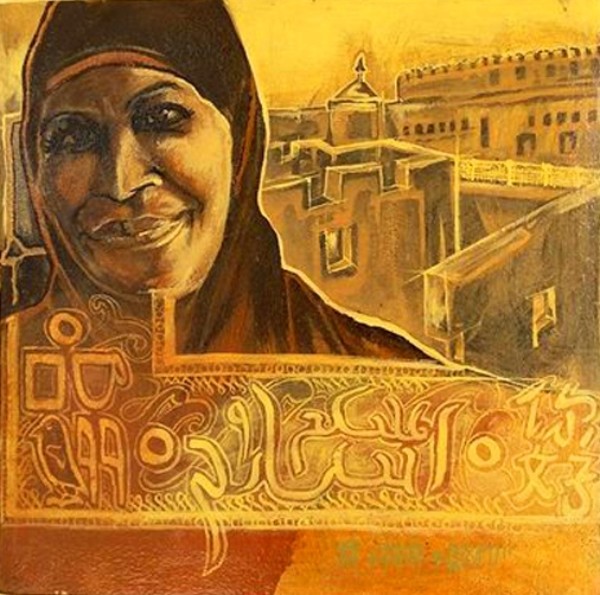By Jeremiah Mauti with Ogova Ondego
Published September 6, 2014
 A guide to Lake Baringo and Lake Bogoria is for anyone interested in eco-tourism, natural history and geology.
A guide to Lake Baringo and Lake Bogoria is for anyone interested in eco-tourism, natural history and geology.
The book, written by seasoned traveller Marguerita North Lewis and published by Horizon Books, explores lakes Baringo and Bogoria in Kenya’s Baringo district. The two form a part of a chain of lakes that stretches along the floor of the eastern branch of the Great Rift Valley, one of the world’s most impressive geological features that runs 6500 kilometres from the Jordan Valley and the Dead Sea in the Middle East and to eastern Africa’s Mozambique.
Divided into 16 chapters, the 168-page publication describes the area, the people who inhabit it, the birds and wildlife that exist here, the landscape, and how to get to the area and where to stay, among other subjects.
Whereas the three communities that live around Lake Baringo are the Tugen, the Pokot and the Il Chamus (Njemps), the people around Bogoria are mainly the Tugen from whom Kenya’s second post-independence President, Daniel arap Moi, hails.
The area is accessed by a network of tarmac roads light aircraft with an airstrip near the shores of Lake Baringo and world class lodges and campsites are available in the area. Other centres in the area, such as Marigat, Loboi and Kampi ya Samaki, have lodges and restaurants for budget travelers.
RELATED: Single Tourist Visa for Kenya, Uganda and Rwanda in the Works
Lewis writes that lakes Baringo and Bogoria are ‘unique and exciting’ to tourists because of their ‘beautiful birds, crocodiles and hippos’ which can be approached quite closely and viewed from the safety and comfort of one’s motor boat as well as flocks of flamingos, hot springs and steam jets and an antelope known as the Greater Kudu that is rarely found in other parts of Kenya.
Situated at almost the same altitude, just below 1000 metres above sea level, and with a hot and sultry climate, Lake Baringo is a fresh water mass whereas Lake Bogoria’s water is salty. The communities that live here, Lewis says, are not only friendly to tourists but they are also willing to share their culture.
“Everybody loves hot springs. They are unusual to love and exciting to watch. And those at Lake Bogoria are no exception,” writes Lewis who says that the area has as many as 200 “hot springs and geysers, steam jets and fumaroles, bubble and spout, sometimes spray into the air in a welter of white water, whilst others gently well beneath the surface of the lake.”
RELATED: Angola and Namibia Sign Tourism Cooperation Agreement
Lewis says the bird life at Lake Baringo is one of the greatest attractions, and ornithologists come from all over the world to sees and photograph the 502 species that have now been positively identified there.
Noting that for the past decade has witnessed rapid development in the area, the author points out that despite the distance from any large town or industry, a network of tarmac roads has been constructed, and an airstrip for light aircraft lies near the shores of Lake Baringo.
“The accessibility has thus been improved tremendously, encouraging the country’s leading hotel groups to build lodges close to the lakes. There are excellent campsites at Baringo and Bogoria as well as other centers such as Loboi, Marigat and Kampi ya Samaki have lodges and restaurants for those travelling on a budget. This developments has made it possible for thousands of local and international tourists to visit the district each year, and delight in its varied attractions, ” Lewis writes.
RELATED: Sky Wars Intensify for East and West Africa as Uganda and Ethiopia Challenge Kenya
This travel guide may have been published in 1998, but its invaluable information is as fresh in 2014 as it was 16 years ago.





